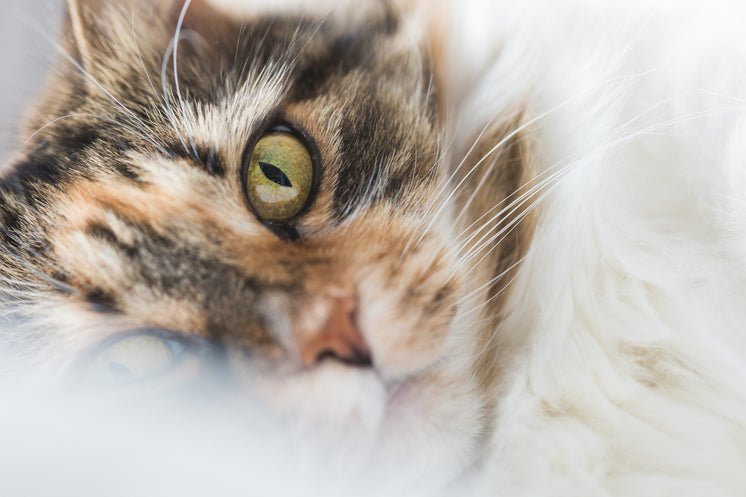Handling Moisture Control in Cat Litter
Handling Moisture Control in Cat Litter
Blog Article

Cat litter and litter boxes play a pivotal role in the lives of both felines and their owners. From the modest starts of sand and soil to the innovative developments these days, the world of cat litter has actually progressed substantially. In this comprehensive guide, we look into every aspect of cat litter and litter boxes, exploring their history, types, benefits, difficulties, and everything in between.
The history of cat litter dates back centuries, with ancient civilizations using sand, soil, and even ashes as primitive litter materials. However, it wasn't up until the mid-20th century that contemporary cat litter as we understand it emerged. In 1947, Edward copyright presented the world's first industrial cat litter made from absorbent clay, reinventing the method felines relieved themselves inside your home. Ever since, cat litter has actually gone through various changes, with the introduction of clumping litter, silica gel litter, naturally degradable options, and more.
Today, cat owners are ruined for option when it concerns choosing the best litter for their feline companions. Traditional clay litter stays popular for its price and efficiency in taking in odors. Clumping litter, which forms solid clumps when wet, simplifies cleansing and upkeep. Silica gel litter, made up of highly absorbent silica crystals, offers superior smell control and durability. Biodegradable options, such as recycled paper, wood pellets, corn, and wheat, appeal to ecologically mindful consumers.
Each type of cat litter uses unique advantages. Clay litter stands out in its capability to take in moisture and Tofu Cat Litter control smells, making it a trusted option for numerous cat owners. Clumping litter streamlines everyday scooping and extends the time between total litter modifications. Silica gel litter provides exceptional smell control and can last longer between replacements. Biodegradable litters use a sustainable alternative that cat litter scooper minimizes ecological impact.
While cat litter boosts indoor feline hygiene, it is not without its challenges. Dust from clay litter can posture respiratory risks for both felines and people, triggering the popularity of dust-free alternatives. Some felines may establish litter box aversion due to problems with texture, scent, or tidiness, requiring experimentation with various litters and box configurations. Multi-cat households might require tactical litter box placement and regular maintenance to avoid territorial disputes and make sure all cats have access to tidy facilities.
Selecting the proper litter box is necessary for promoting positive litter box routines and general feline wellness. Elements to think about include size, availability, and design choices. Covered litter boxes provide personal privacy and assistance contain odors, however some cats might find them confining or frightening. Open-top litter boxes provide simple access and exposure however may lead to more litter scatter. Automatic self-cleaning litter boxes streamline upkeep however need regular monitoring and maintenance.
Proper litter box maintenance is vital for ensuring a tidy and welcoming environment for both cats and their owners. Daily scooping removes waste quickly, decreasing odor and dissuading litter box hostility. Regular litter replacement, generally every 1-2 weeks, avoids bacterial accumulation and maintains ideal absorbency. Extensive cleaning with mild detergent and water, preventing extreme chemicals that cat litter scoop may hinder felines from utilizing the box, must be carried out monthly.
Cat litter and litter boxes play a central role in promoting a healthy and unified relationship in between felines and their human companions. With a diverse variety of litter alternatives and litter box styles available, cat owners have the flexibility to customize their options to match their felines' preferences and household needs. By comprehending the advancement, types, advantages, and obstacles of cat litter and litter boxes, pet owners can provide their feline buddies with a comfy and sanitary indoor environment.